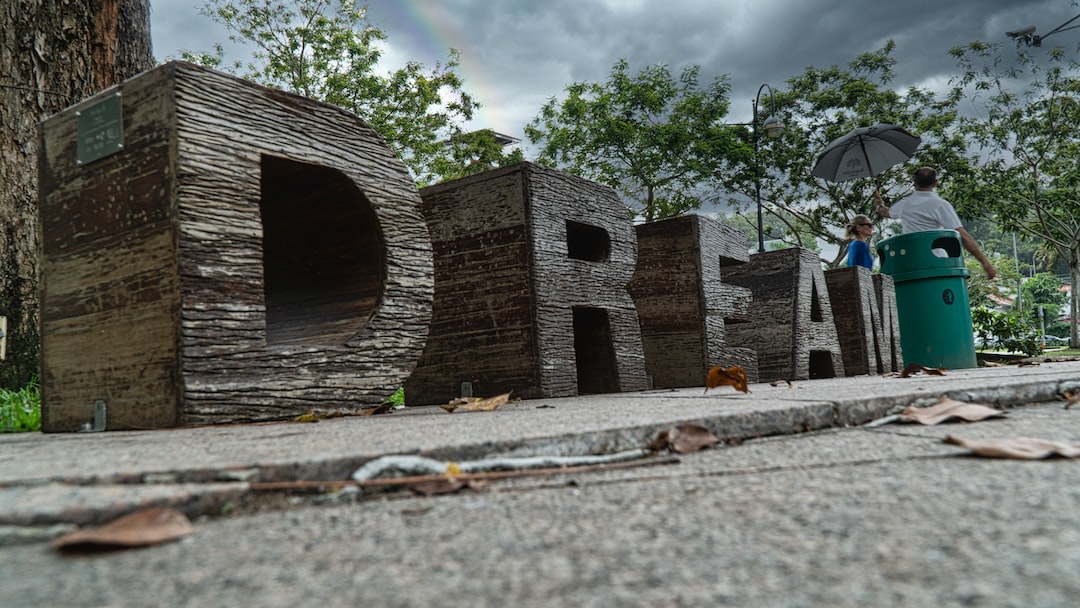The Evolution of Street Art: From Graffiti to a Global Phenomenon
Street art has come a long way from its humble beginnings as simple graffiti scrawled onto city walls and subway cars. What was once considered a mere act of vandalism has now become a recognized and celebrated art form that has taken the world by storm. In this blog post, we will explore the evolution of street art, from its underground origins to its present status as a global phenomenon.
Graffiti, the precursor to street art, emerged as a form of expression in the 1970s in cities like New York and Philadelphia. The graffiti artists, known as “writers,” used spray paint and markers to create their tags, often in risky and illegal locations. These initial acts of rebellion captured the attention of passersby, but were viewed by the general public as acts of defacement rather than artistic prowess.
However, as time went on, the underground graffiti scene began to evolve. Artists started to experiment with more elaborate designs and styles. They became known for their intricate lettering, vibrant colors, and unique characters. This shift led to the recognition of graffiti as a legitimate art form, and it started to gain popularity among artists and enthusiasts alike.
In the 1980s, street art started to break free from its subversive origins and embrace a more inclusive approach. Artists such as Keith Haring and Jean-Michel Basquiat played significant roles in this transformation, using their work to comment on social and political issues of the time. Their murals and tags could be seen not only on the streets but also in galleries and museums, blurring the boundaries between street and fine art.
The 1990s witnessed a rapid expansion of street art as artists around the world embraced this form of expression. Banksy, a mysterious Bristol-born artist, emerged as a prominent figure during this period. Known for his stencil-based graffiti, Banksy became famous for his provocative and satirical artworks that tackled issues like consumerism, politics, and inequality. With his undeniable talent and subversive messages, Banksy brought street art to mainstream attention.
The advent of the internet and social media in the 2000s amplified the reach and impact of street art. Artists started to share their work online, allowing people from different parts of the world to appreciate and discuss their creations. Platforms like Instagram and Twitter played significant roles in showcasing street art to the masses, helping it transcend geographical boundaries and connect artists and enthusiasts worldwide.
With this newfound accessibility, street art began to thrive on a global scale. Cities around the world now actively embrace street art and often commission artists to transform public spaces. Walls that were once unsightly are now transformed into vibrant canvases, showcasing the creativity and talent of artists from a diverse range of backgrounds.
The evolution of street art is not limited to physical murals and graffiti. Artists have expanded their horizons to include installations, sculptures, and even performance art. Street art festivals and events have become commonplace, allowing artists to interact with the public in real-time and create immersive experiences that challenge traditional notions of art-viewing.
What started as an act of rebellion has now become an integral part of contemporary art. Street art has transcended its original boundaries, reaching galleries, art fairs, and even auction houses. Artists like Banksy and Shepard Fairey have achieved mainstream recognition, with their works fetching high prices and gaining critical acclaim.
In conclusion, the evolution of street art from graffiti to a global phenomenon is a testament to its resilience and power as a form of artistic expression. From its humble beginnings as acts of rebellion, it has grown into a recognized and respected art form that has captivated audiences around the world. With its ability to challenge societal norms, engage communities, and initiate dialogue, street art continues to evolve and shape the world we live in.
